Systematize Your Design Process
Stop reinventing buttons, colors, and layouts. A well-built design system empowers teams to move faster, stay consistent, and protect your brand across every product. The result: less design debt, more velocity.
Design Systems & Implementation
Design system development for scalable UI consistency. Component libraries and design systems that maintain brand consistency across products.
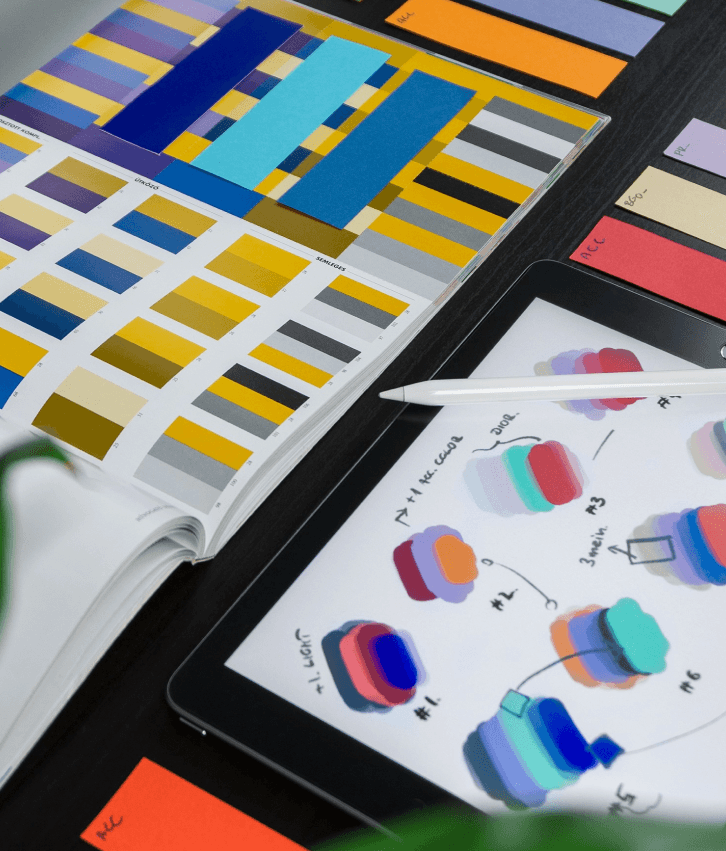
Scalable design systems that maintain consistency across products and teams
Your design team is drowning in one-off requests and your developers are constantly asking "what color is this supposed to be?" Meanwhile, your product feels like it was designed by five different people.
We build design systems that actually get used, so your team can move fast without breaking your visual consistency.
From design chaos to systematic consistency
Your product looks inconsistent because every designer creates their own components. Development teams can't implement designs consistently across different projects. Design debt accumulates as teams create one-off solutions. Meanwhile, your brand identity gets diluted across multiple touchpoints.
Inconsistent visual design across products and platforms
Designers recreating similar components instead of reusing existing ones
Developers implementing design differently because guidelines don't exist
Brand identity that gets diluted across different product experiences
Reusable UI components with comprehensive documentation
Systematic approach to colors, typography, and spacing
Design systems that reinforce brand identity
Clear standards for design and development teams
Training and adoption assistance for design systems
Our disciplined approach behind making the practical feel magical
Catalog existing design patterns and identify inconsistencies
Create scalable structure for design tokens and components
Build reusable interface elements with clear documentation
Enable design and development teams to use the system effectively
Ongoing system updates and adoption support
Stop reinventing buttons, colors, and layouts. A well-built design system empowers teams to move faster, stay consistent, and protect your brand across every product. The result: less design debt, more velocity.

Design Strategy, Built to Scale
Before building a single component, we help you audit existing patterns, identify inconsistencies, and create design systems that actually get used by teams. Whether you need system strategy, complete library development, or system optimization — we meet you where you are.
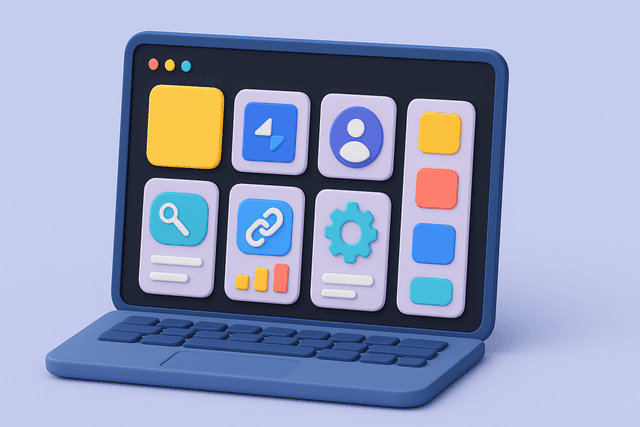
Comprehensive planning for scalable design systems
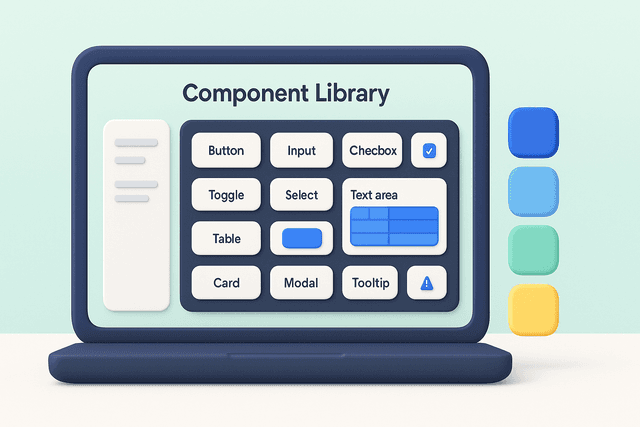
Complete UI system with documentation and guidelines
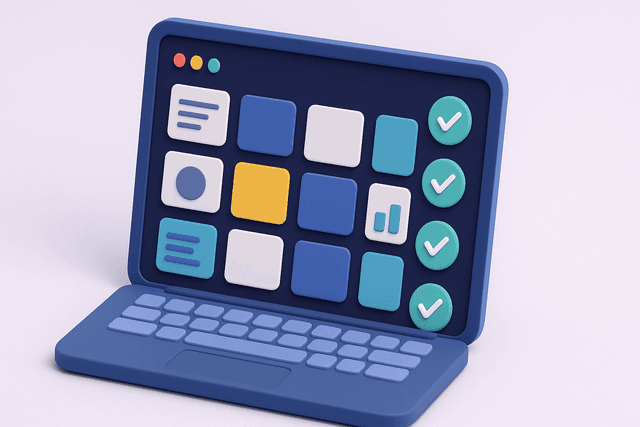
Assessment and optimization of existing design systems
Engage us for design audits, component libraries, or complete design system rollouts.
Design systems aren’t just about components—they’re about culture, consistency, and scale. We help teams ship faster, reduce design churn, and keep every product on-brand. Let’s turn your design into a strategic advantage.

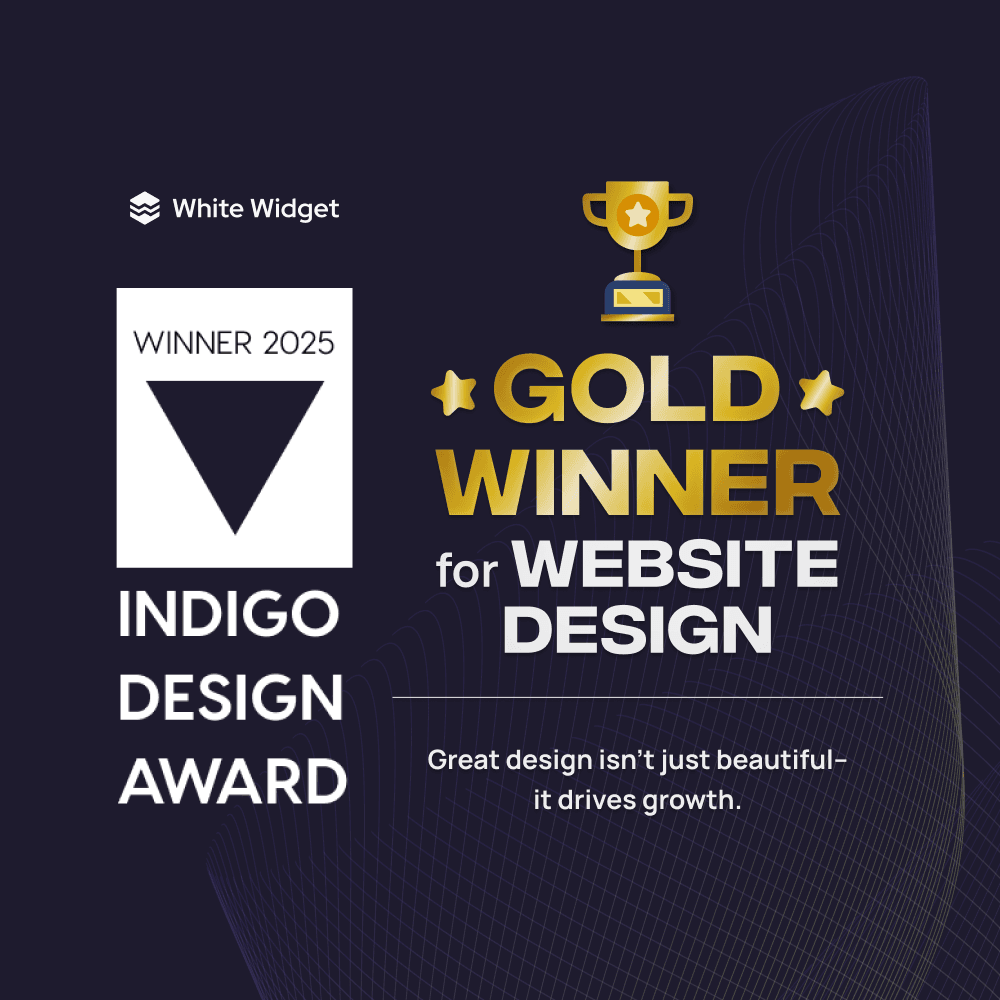
News•
We’ve got some exciting news! Our website, White Widget (whitewidget.com), has won Gold in the Website Design category at the 8th Indigo Design Awards, and is shortlisted for Digital Design of the Year.

Article•
Explore how Digital Twins are transforming smart transportation through predictive maintenance, AI integration, and vendor-neutral system design; powered by semantic modeling and knowledge graphs.